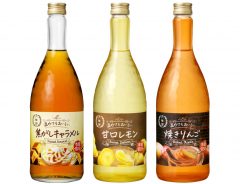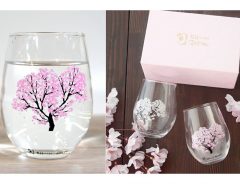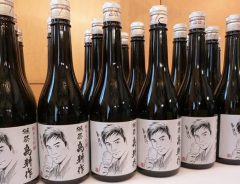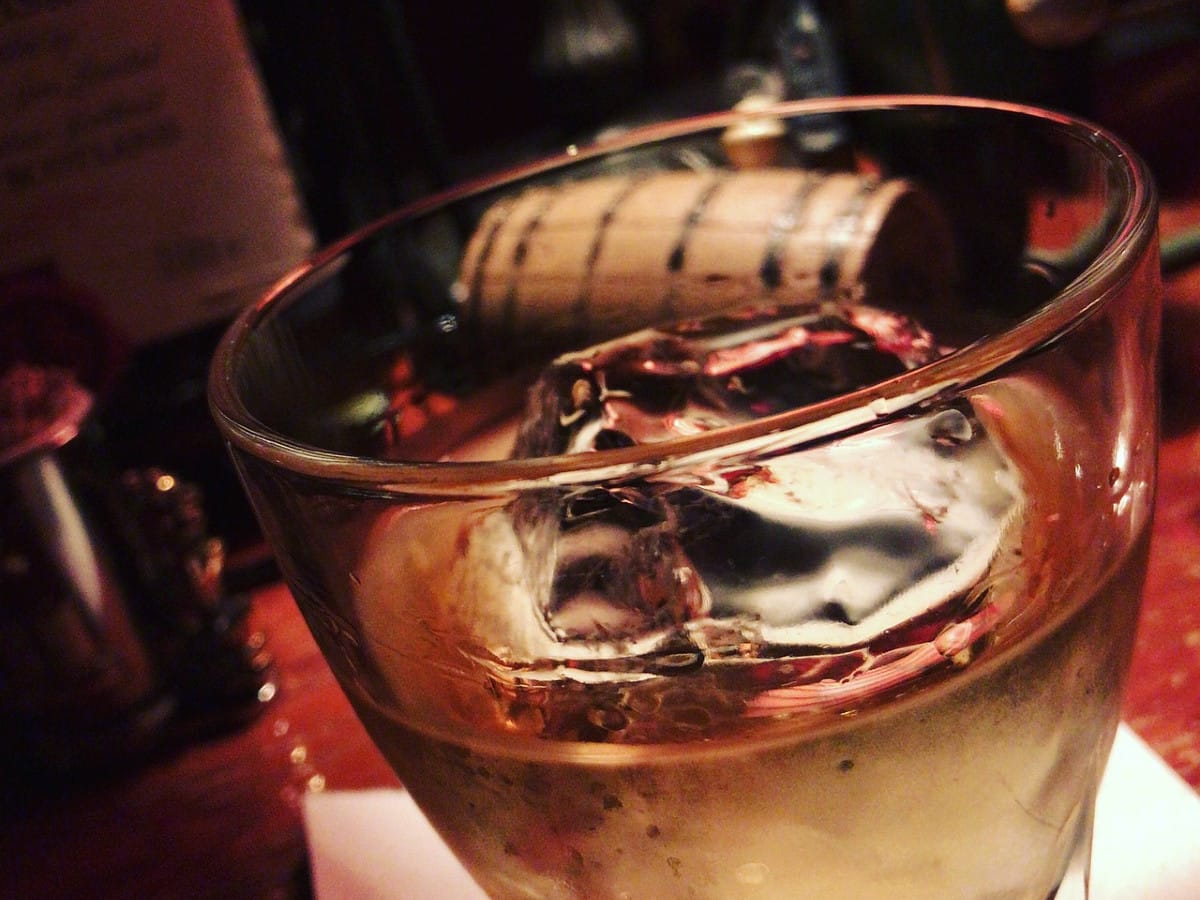- Tags:
- Japanese spirits / Sake / shochu
Related Article
-

As it gets cooler, stay cosy with this selection of winter warmers from sake brewery Gekkeikan
-

Color changing cherry blossom drinking glasses show full bloom sakura when filled
-

These mystery Japanese gift sets will make your dad very happy on Father’s Day 2021
-

Famous Sake Brand To Have “Open Brewery Day” For Children
-

Japan releases “soup cocktails” with instant hot sake minestrone and clam chowder mixtures
-

Helping Japan Flood Victims with Every Bottle of ‘Dassai Shima Kosaku’ Sake



It's Saturday night as I write this. It's been a long week, and I've worked hard, so I figured why not have a drink. It's a natural temptation.
In Japan, connoisseurs are spoiled for choice. Although the Japanese take on Western alcoholic beverages like wine and beer isn't particularly impressive, several liquors like whiskey, shouchu, and sake are easily imbibed. Prices vary, but a mid-quality bottle typically sets you back about 3000 JPY ($28).
And, go figure, one of the best ways to become acquainted with drinking culture in the land of the rising sun is to find yourself a nine to five. Of course, office hours shots are frowned-upon, yet Japanese corporate culture elevates socializing among coworkers. Traditionally, getting a little tipsy is encouraged by corporates at day's end. Known colloquially as "nomunication," drinking-communication, sloshy pub crawls are seen as a type of team-building experience that encourages bonding between colleagues.
Nevertheless, before hitting up an izakaya, it might be worthwhile to learn about some traditional Japanese beverages. Let's have a look at sake and shochu below.
Sake
For the unacquainted, sake is a traditional Japanese beverage containing 15-20 percent alcohol. Sometimes referred to as rice wine, it is made by fermenting rice with the outer bran removed. Like grapes and wine, the constituent grain has a drastic effect on the flavor profile. Common varieties can be fragrant and dry, heavy and sweet, and a host of other palates. More detailed information is available here.
YouTuber John Daub at WAO RYU!ONLY in Japan was lucky enough to get a behind-the-scenes glimpse of the sake making process. He shared his video tour of Dassai Brewery in the video below:
As you can see, Dassai selects high-quality rice for its sake products. Their grains are heavily polished, with the exterior largely removed. The polished rice is taken to the factory where it is initially washed, rinsed, and soaked. Soaking times are controlled, and a coordinated staff must ensure that schedules are maintained.
Next, the cleaned rice is steamed and dried using hot air. It is moved to a fermentation tank where it mixes with water and yeast. Kōji 麹, steamed rice inoculated with the filamentous fungus Aspergillus oryzae, is also added and is essential in producing the sake's flavor.
Now, all there is to do is wait. As the mix sits fermentation takes, and a moromi 醪 mash settles to the top. Beneath, the yeast will ferment for 35 days. The enzyme metabolizes the glucose in the mix and produces alcohol. In a sense, the ordeal is a living entity. As it devours the simple sugars in the water, it releases a gas that bubbles to the surface.
Finally, the moromi is separated from the sake, and the beverage undergoes filtering, bottling, and labeling. The sake will be shipped throughout Japan, and the Dassai 23 bottle sells for about 5,300 JPY ($50).
Shochu
While sake is famous world-wide, I have to admit that shochu is by far my favorite alcoholic beverage in Japan—though I'm likely in the minority.
Unlike sake, shochu is distilled. It typically has higher alcohol content but is drank mixed with water or other beverages like tea. It is made from rice but also can be made from barley, sweet potatoes, and a variety of different source materials. Flavor varies widely based on the type, but it is often light and sometimes reminiscent of vodka. Fortunately, YouTuber MrHatoya uploaded a video tour of Kyoya distillery on his channel.
On this occasion, we’re watching sweet potato sake being made. The potatoes are farmed locally and taken to the distillery where they are washed. After peeling, they are steamed in industrial-sized steamers.
On the other hand, rice is washed and steamed. It is malted in a specialized machine for a day. Later, it is added to water and yeast and kept in large Kyoya pots. Like this, it ferments for six days.
Finally, the mixture is transported to larger pots where it is combined with the steamed sweet potatoes. After some serious mixing, there are another ten days of fermenting followed by distillation. The fresh shochu is allowed to sit for a period before it is bottled and ready to be shipped. Just in time.